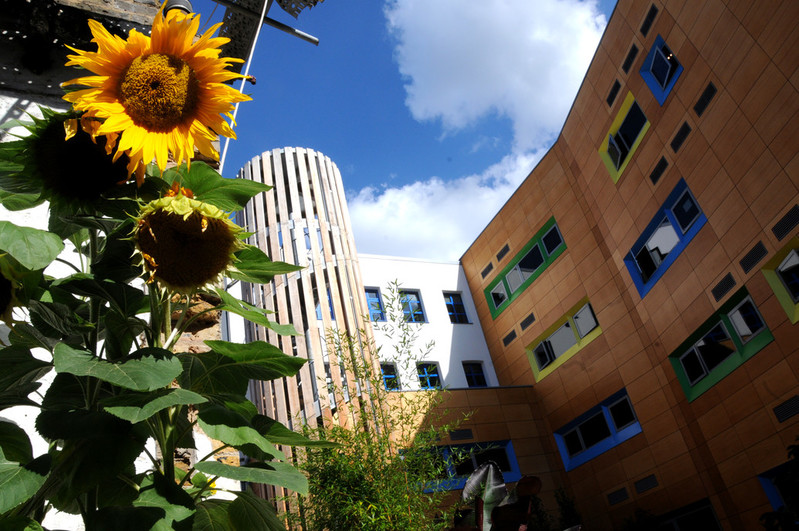In our latest blog post, DEPTH researcher Dr Alicia Renedo gives us an overview of her experience delivering a short course on participatory research at Kyoto University School of Public Health.
The short course consisted of two full day workshops (day 1 Professor Pranee Liamputtong and day 2 Dr Alicia…


